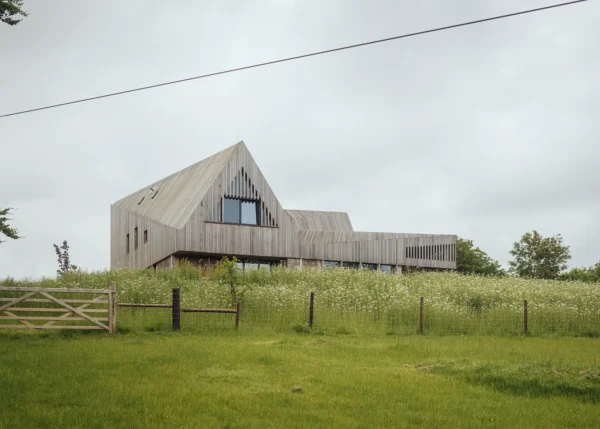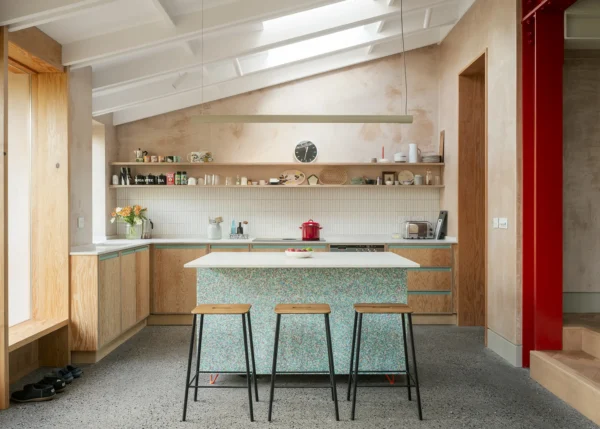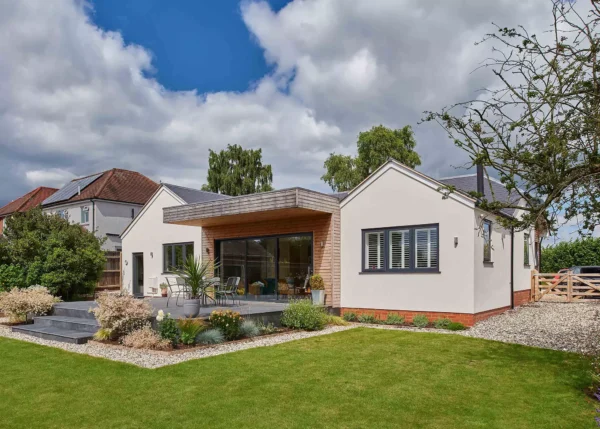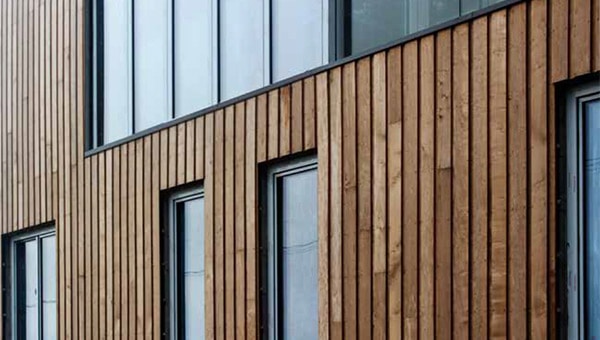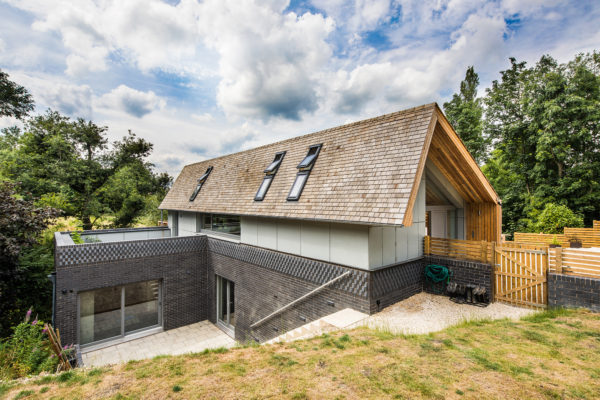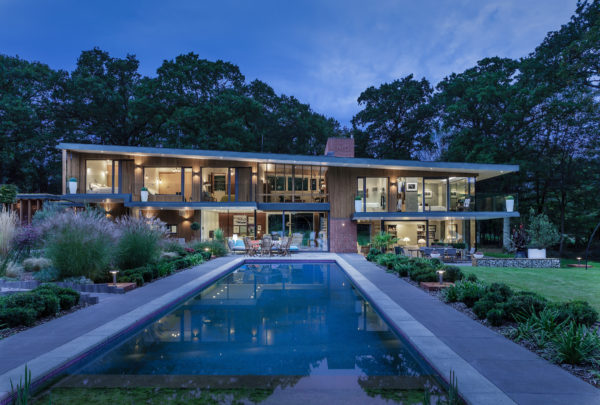The term ‘self-build’ has been around for years. Murray Armor was probably the first to popularise it when he wrote his seminal book Building Your Own Home in 1978. For most of us, this path to property ownership covers a multitude of routes.
Fundamentally, it can be undertaken by anyone who doesn’t want to follow the herd and buy whatever house the big developers decide they should live in. The options span from people literally doing everything themselves through to hiring an architect to design and oversee the construction of a new dwelling as a turnkey project.
I have no difficulty in using the term to describe the whole spectrum of individual projects – but times have changed. The government has tapped into the rich vein of enthusiasm for self-build as one strand of the solution to the housing crisis, yet it’s struggling to embrace this label.
Ministers feel that self-build has connotations with doing a lot of the work yourself; when in fact what most people do is commission a bespoke home to their requirements. Interestingly, that’s pretty much exactly how Build It defines the process at What is Self-Build?
But policy-makers have a preference for the term ‘custom build’. There’s a subtle difference between these two routes, and the overlap between them makes a definition tricky – which may be why the Department for Communities and Local Government (DCLG) is yet to come up with one.
Self-builders tend to find a plot of land, commission a design and co-ordinate the trades, either themselves or via a designated project manager. Custom builders would typically purchase a serviced site from an enabling third party and either commission a general contractor to construct a new dwelling or engage a developer to erect the house to the client’s specification for an agreed price. In other words, the company takes on the risk.
The overlap occurs when a self-builder initiates a scheme on a serviced plot themselves, but commissions a general contractor to complete the job for them. Is that self or custom build?
In recent discussions with government officials, it’s been clear that they find the use of both terms cumbersome and potentially confusing to anyone thinking of commissioning an individual dwelling. They would prefer to use custom build to describe the whole shebang. Of course, that would have repercussions throughout the industry.
The custom homes market is new and relatively small – and the main resources, including Build It, still predominantly refer to self-build. However, there is some logic in the new title: I’m told that only around 7% of self-builders are the intrepid DIY sort, while the rest are happy to let someone else carry out the construction of their preferred design.
Yet I can’t help feeling the move could be a little like renaming a child – changing their given name would be very odd. Knowing Westminster, it might just happen – but what do you think about it?
Photo: Grand design on a budget

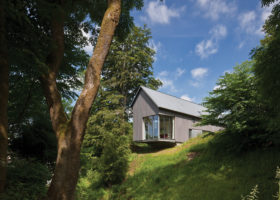






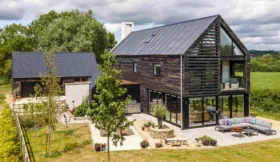













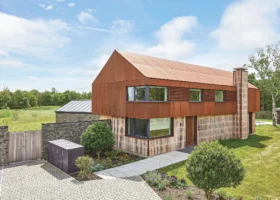
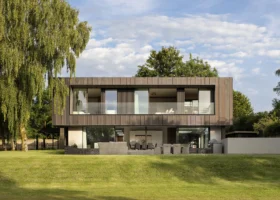






































































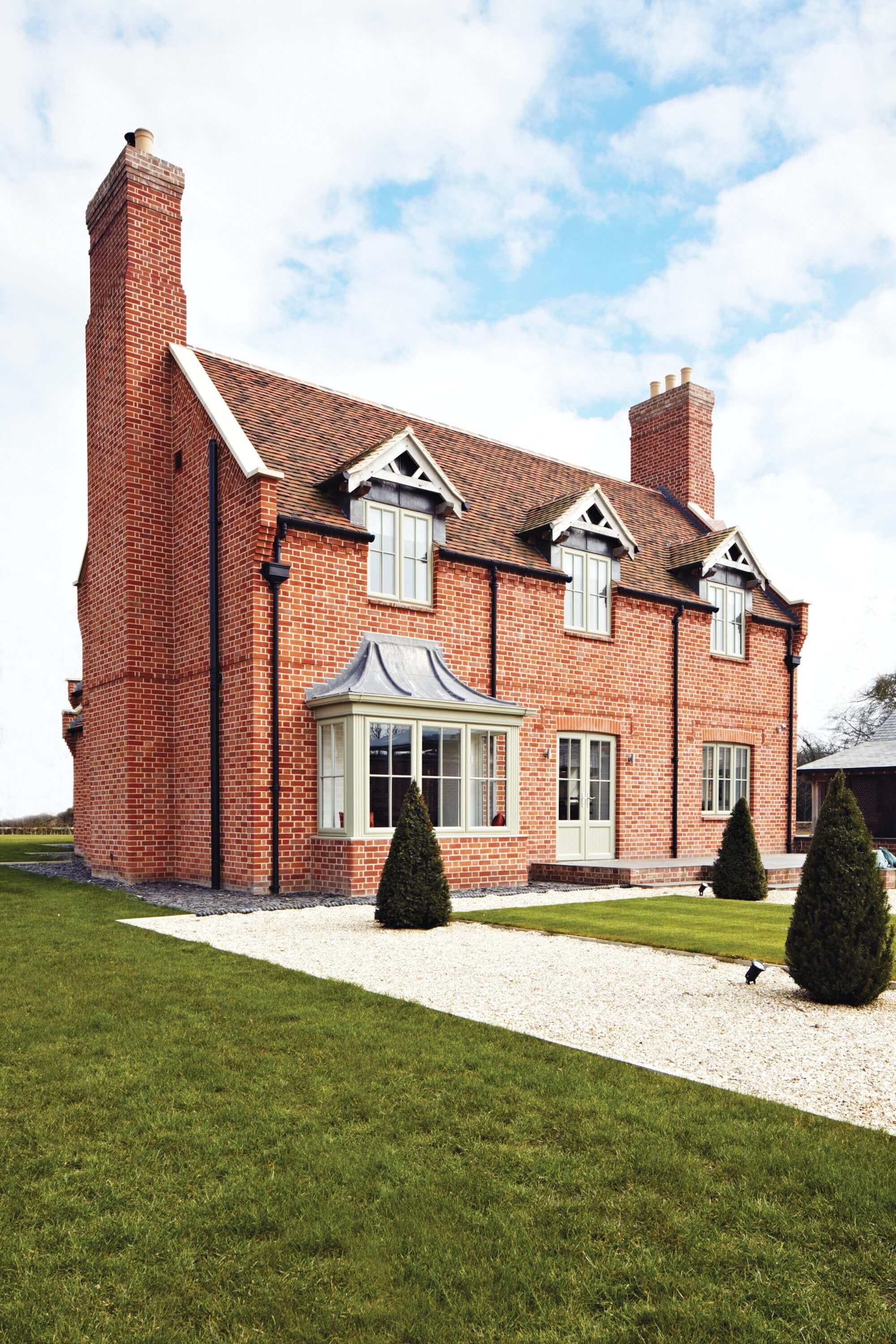
 Login/register to save Article for later
Login/register to save Article for later

